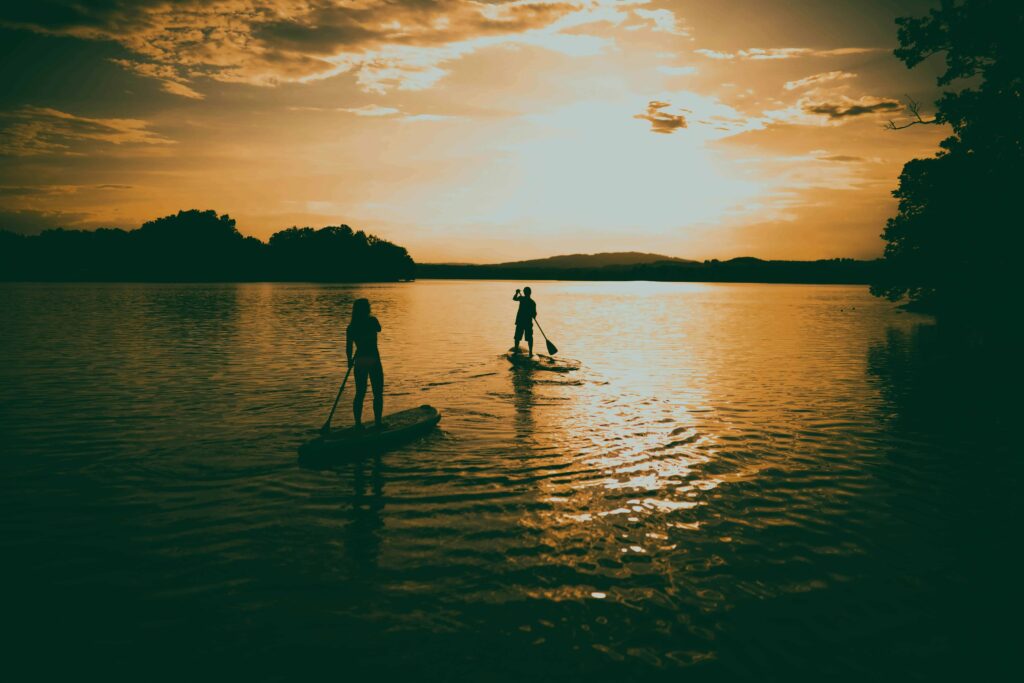Imagine gliding silently through crystal-clear waters, surrounded by rugged cliffs, hidden coves, and pristine beaches stretching as far as the eye can see. Coastal kayaking offers adventurers the opportunity to explore the natural beauty and scenic wonders of the UK’s coastline from a unique and intimate perspective. From the dramatic cliffs of Cornwall to the remote islands of Scotland, embarking on a coastal kayaking expedition promises an unforgettable journey filled with exploration, excitement, and awe-inspiring vistas. In this article, we’ll delve into the world of coastal kayaking, sharing tips, routes, and destinations for an epic adventure along the UK’s picturesque coastline.

Section 1: Getting Started with Coastal Kayaking
1.1. Introduction to Coastal Kayaking:
Coastal kayaking involves paddling along the coastline in a small, maneuverable kayak, exploring hidden coves, sea caves, and remote beaches inaccessible by land. Unlike whitewater kayaking or flatwater paddling, coastal kayaking requires a combination of skills, including navigation, seamanship, and environmental awareness, as paddlers contend with tides, currents, and changing weather conditions. However, with the right equipment, training, and preparation, coastal kayaking can be a safe and rewarding outdoor activity suitable for paddlers of all levels.
1.2. Essential Gear and Equipment:
Before embarking on a coastal kayaking expedition, it’s important to ensure you have the right gear and equipment to stay safe and comfortable on the water. Essential gear includes a sturdy sea kayak designed for coastal conditions, a properly fitting personal flotation device (PFD), a paddle suitable for touring, and a waterproof spray skirt to keep water out of the cockpit. Additional gear may include a marine VHF radio for communication, a compass and navigation charts for route planning, and safety equipment such as a bilge pump, tow rope, and signaling devices.
Section 2: Planning Your Coastal Kayaking Expedition
2.1. Choosing a Route:
The UK’s coastline offers a wealth of opportunities for coastal kayaking expeditions, with a variety of routes and destinations to suit every paddler’s preferences and abilities. Popular routes include the Jurassic Coast in Dorset, the Pembrokeshire Coast in Wales, the Northumberland Coast in North East England, and the Outer Hebrides in Scotland. When choosing a route, consider factors such as distance, difficulty, access points, and potential hazards such as rocky shores, tidal races, and offshore winds.
2.2. Checking Weather and Tides:
Weather and tides play a crucial role in coastal kayaking, affecting water conditions, visibility, and safety on the water. Before setting out on your expedition, check weather forecasts, marine weather warnings, and tidal predictions for your chosen route and location. Plan your paddling schedule to coincide with favorable weather conditions, avoiding strong winds, rough seas, and adverse currents that could make paddling difficult or dangerous. Be prepared to adjust your plans and seek shelter if conditions deteriorate unexpectedly.
Section 3: Embarking on Your Coastal Kayaking Expedition
3.1. Safety First:
Safety should always be a top priority when embarking on a coastal kayaking expedition. Before launching your kayak, conduct a thorough safety check of your gear and equipment, including your kayak, paddle, PFD, and emergency supplies. Wear appropriate clothing for immersion in cold water, including a wetsuit or drysuit, and dress in layers to stay warm and dry. Always wear your PFD and ensure it is properly fastened, and carry essential safety equipment such as a whistle, signaling mirror, and first aid kit.
3.2. Exploring Hidden Gems:
As you paddle along the coastline, keep an eye out for hidden gems and points of interest that may not be visible from land. Explore secluded coves, sea caves, and rocky outcrops, and keep a lookout for marine wildlife such as seals, dolphins, and seabirds that inhabit the coastal waters. Take time to pause and appreciate the natural beauty and tranquility of the coastline, soaking in the sights, sounds, and sensations of the sea.
Section 4: Tips for a Memorable Coastal Kayaking Experience
4.1. Respect the Environment:
When exploring the coastline by kayak, it’s important to respect the natural environment and minimize your impact on fragile ecosystems. Avoid disturbing wildlife, nesting birds, and marine habitats, and paddle at a safe distance to observe wildlife without causing undue stress or disruption. Leave no trace by packing out all trash and litter, and follow local regulations and guidelines for coastal access and conservation.
4.2. Stay Hydrated and Energized:
Paddling along the coastline can be physically demanding, so it’s important to stay hydrated and energized throughout your expedition. Bring an ample supply of water and snacks to stay hydrated and maintain energy levels during long paddling sessions. Consider packing lightweight, high-energy snacks such as nuts, dried fruit, energy bars, and electrolyte drinks to fuel your adventure and keep you paddling strong.
Conclusion:

Coastal kayaking offers adventurers a unique and immersive way to explore the natural beauty and scenic wonders of the UK’s coastline. From hidden coves and sea caves to remote beaches and rugged cliffs, embarking on a coastal kayaking expedition promises an unforgettable journey filled with exploration, excitement, and awe-inspiring vistas. So pack your gear, launch your kayak, and embark on a coastal adventure of a lifetime, as you paddle along the UK’s picturesque coastline and discover the magic of the sea. Happy paddling!




